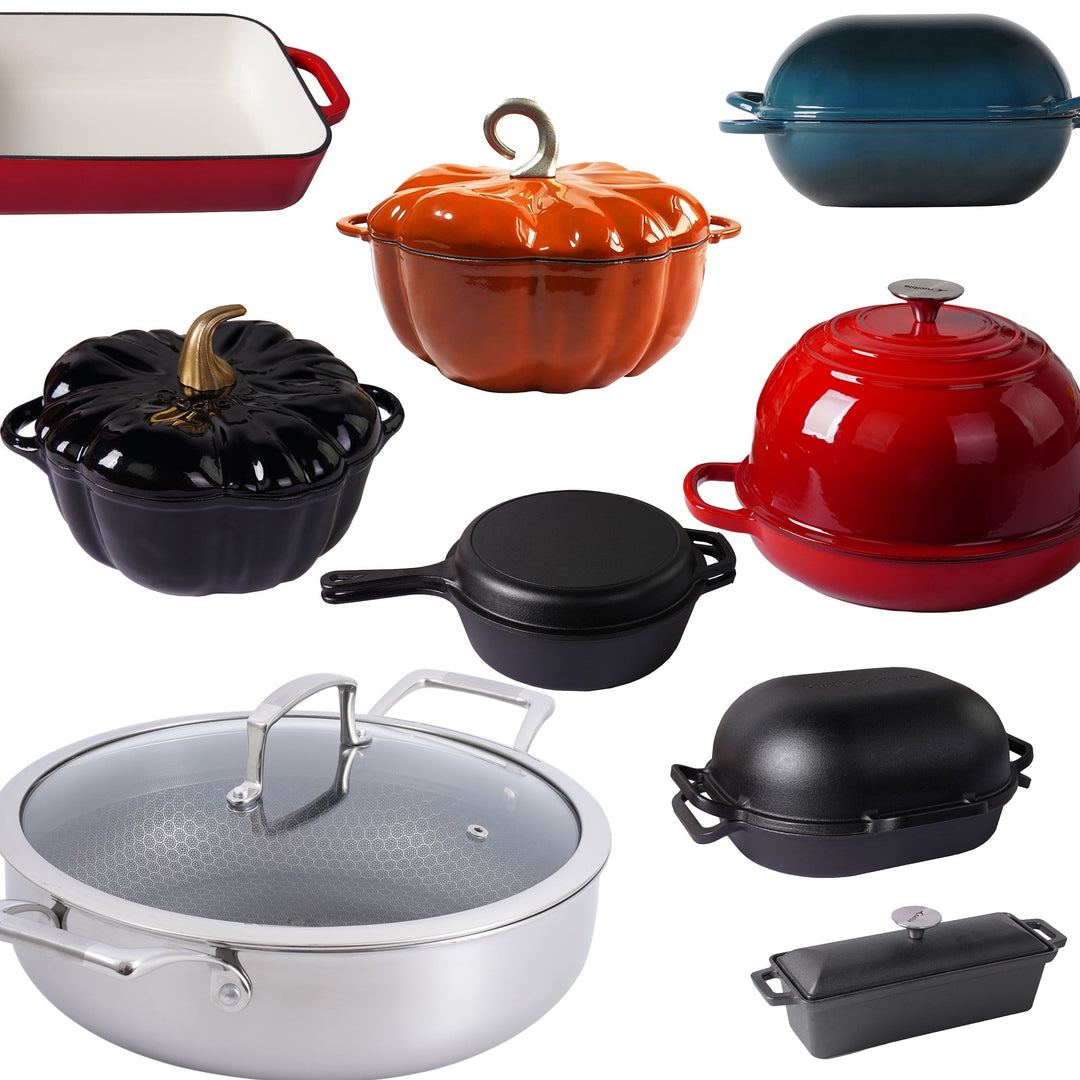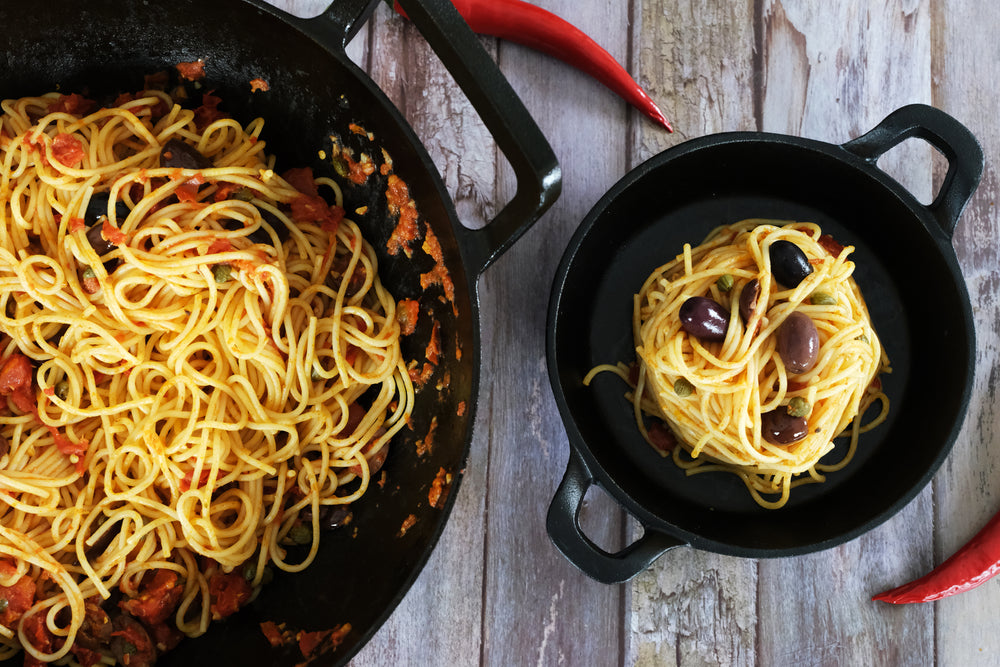Kulinaarinen aikamatka: Taikinan taittelun taidon paljastaminen aikojen saatossa

Leivonnan maailmassa harvat tekniikat ovat kestäneet ajan hammasta yhtä hyvin kuin taikinan taittelu. Muinaisista alkuperistään nykyaikaisiin keittiöihin tämä menetelmä on ollut leipurien arvostama sen kyvystä parantaa rakenteita, makua ja rakennetta monissa leivonnaisissa. Tässä blogikirjoituksessa tutkimme taikinan taittelun historiaa, sen tarkoituksia, tekniikoita ja tarjoamme arvokkaita vinkkejä ja niksejä tämän ajattoman taidon hallitsemiseksi.
Taikinan taittelun historia
Taikinan taittelun käytäntö juontaa juurensa vuosisatojen taakse, ja sillä on juuret eri kulttuureissa ympäri maailmaa. Vaikka yksityiskohdat voivat vaihdella, taikinan käsittelyn käsite kerrosten luomiseksi ja rakenteen parantamiseksi on yhteinen piirre. Muinaiset sivilisaatiot, kuten egyptiläiset ja kreikkalaiset, uskotaan käyttäneen taittelutekniikoita leivänvalmistusprosesseissaan, luoden perustan nykyiselle taiteelle.
Taikinan taittelun tarkoitus
Taikinan taittelu palvelee monia tarkoituksia leivonnassa, edistäen gluteenin kehittymistä, ainesosien tasaisen jakautumisen ja erillisten kerrosten luomista. Pääasialliset tavoitteet ovat:
-
Gluteenin kehittyminen: Taittelu edistää gluteenin muodostumista, joka on proteiiniverkosto, joka vastaa taikinan rakenteesta ja kimmoisuudesta. Tämä on ratkaisevaa halutun rakenteen saavuttamiseksi leivissä ja leivonnaisissa.
-
Ainesosien tasainen jakautuminen: Taittelu varmistaa ainesosien tasaisen jakautumisen, mikä edistää tasalaatuista makua koko taikinassa. Se myös auttaa rasvojen, kuten voin, tasaisessa sekoittumisessa, mikä johtaa tasaisempaan mururakenteeseen ja makuprofiiliin.
-
Kerrostumisen muodostuminen: Laminoiduissa taikinoissa, kuten voitaikinassa ja croissanteissa, taittelu luo taikinakerroksia, jotka erottaa voi. Tämä kerrostumisvaikutus tuottaa näille leivonnaisille ominaisen rapean ja herkän rakenteen.

Kuinka taitella taikinaa
Taikinan taittelu on monimuotoista, ja jokainen muoto on räätälöity tiettyihin resepteihin ja haluttuihin lopputuloksiin. Eri taittelutekniikoiden ymmärtäminen on ratkaisevan tärkeää parhaan lopputuloksen saavuttamiseksi leivonnassa. Tutustutaanpa joihinkin yleisimpiin taittomenetelmiin:
Yksittäinen taitos
- Tarkoitus: Tätä perustaikinaa käytetään usein resepteissä, kuten yksinkertaisissa leivissä tai pizzataikinassa.
- Ohje: Taikinan kaulitsemisen jälkeen taita se puoliksi tai tuo toinen reuna keskelle, sitten taita vastakkainen reuna ensimmäisen taitoksen päälle.
Kirjekääntö (kaksinkertainen taitos)
- Tarkoitus: Yleisesti käytetty laminoiduissa taikinoissa, kuten croissanteissa tai voitaikinassa.
- Ohjeet: Kauli taikina suorakaiteeksi. Taita kolmasosa taikinasta kohti keskikohtaa, sitten taita jäljellä oleva kolmasosa ensimmäisen taitoksen päälle, kuten kirjeen taittaminen.
Kirja-taitto (Kolminkertainen taitto)
- Tarkoitus: Samankaltainen kuin kirje-taitto, mutta luo enemmän kerroksia laminoiduissa taikinoissa.
- Ohjeet: Kauli taikina suorakaiteeksi. Taita kolmasosa kohti keskikohtaa, sitten taita vastakkainen kolmasosa ensimmäisen taitoksen päälle, muodostaen kirjan kaltaisen muodon kolmella kerroksella.
Venytä ja taita
- Tarkoitus: Parantaa gluteenin kehitystä ilman vaivaamista, usein käytetty artesaanileivän valmistuksessa.
- Ohjeet: Perinteisen taittelun sijaan venytä taikinaa varovasti yhdeltä sivulta ja taita se keskelle. Toista tämä kaikilta neljältä sivulta, muodostaen sarjan taitoksia.
Kierre-taitto
- Tarkoitus: Helpottaa gluteenin kehitystä säilyttäen samalla pyöreän muodon.
- Ohjeet: Nosta taikinan reunaa ja kääri se sisäänpäin, muodostaen samankeskisiä renkaita. Tämä tekniikka on erityisen hyödyllinen korkeakosteisille taikinoille.
Kirjekuori-taitto
- Tarkoitus: Käytetään leivänvalmistuksessa rakenteen parantamiseksi ja tiiviimmän murun luomiseksi.
- Ohjeet: Ensimmäisen kohotuksen jälkeen muotoile taikina suorakaiteeksi. Taita sivut kohti keskikohtaa, sitten taita ylä- ja alareunat keskelle, muodostaen kirjekuoren kaltaisen muodon.
Satunnainen taitto
- Tarkoitus: Lisää taikinan rakenteeseen epäsäännöllisyyttä ja monimutkaisuutta, usein käytetty artesaanileivissä.
- Ohjeet: Taita taikinaa eri kohdista sen sijaan, että seuraisit tiettyä kaavaa. Tämä tekniikka edistää rustiikkisempaa ja avoimempaa murua.
Kori-taitto (Batard-taitto):
- Tarkoitus: Muotoilee taikinan batardiksi (soikean muotoinen leipä) samalla kun se antaa jännitettä.
- Ohjeet: Ensimmäisen kohotuksen jälkeen muotoile taikina suorakaiteeksi, taita sitten ylä- ja alareunat kohti keskikohtaa. Kääri taikina rullaksi ja aseta sauma alaspäin viimeistä kohotusta varten.
Tekniikka nimeltä "läpsäytä ja taita" on leivänvalmistuksessa käytetty menetelmä, jolla kehitetään gluteenia ilman perinteistä vaivaamista. Siinä taikinaa läpsäytetään työtasoa vasten ja sitten taitetaan sen yli. Tämä tekniikka on erityisen suosittu artesaanileipäresepteissä. Vaikka se ei suoraan kuulu "taittelun" kategoriaan kuten jotkut muut mainitut tekniikat, se palvelee samanlaista tarkoitusta gluteenin kehityksen kannalta.
Näin suoritat slap and fold -tekniikan:
-
Valmistele taikina: Sekoittamisen jälkeen anna taikinan levätä hetki gluteenin rentouttamiseksi.
-
Jauhota työpinta kevyesti: Ripottele hieman jauhoja työpinnalle estääksesi tarttumisen.
-
Slappaa taikina: Nosta taikina hieman työpinnan yläpuolelle ja sitten slappaa se alas. Tämä liike auttaa venyttämään ja taittelemaan taikinaa.
-
Taita taikina: Slapin jälkeen taita taikina itsensä päälle. Voit toistaa prosessin kääntämällä taikinan ja slappaamalla uudelleen, sitten taittamalla. Tavoitteena on kehittää gluteenia tämän dynaamisen prosessin kautta.
-
Toista: Jatka slap and fold -prosessia määrätyn ajan tai kunnes saavutat halutun gluteenin kehityksen. Varo liioittelemasta, sillä se voi johtaa taikinan ylityöstämiseen.
Slap and fold -tekniikka on erinomainen tapa kehittää gluteenia kosteammassa, korkeahydraattisessa taikinassa ilman liiallista vaivaamista. Sitä arvostetaan sen tehokkuudesta rakenteen ja taikinan vahvuuden rakentamisessa, mikä johtaa haluttuun mururakenteeseen valmiissa leivässä.
Näiden erilaisten taittelutekniikoiden ymmärtäminen antaa sinulle mahdollisuuden valita menetelmä, joka parhaiten sopii reseptiisi ja haluttuun lopputulokseen. Erilaisten taittelujen kokeileminen voi myös syventää ymmärrystäsi siitä, miten kukin tekniikka vaikuttaa leivonnaistesi lopulliseen rakenteeseen ja koostumukseen.

Milloin taitella taikinaa
Taikinan taittelun ajoitus riippuu reseptistä ja valmistettavasta leivästä tai leivonnaisesta. Yleensä taittelu tapahtuu pääkäymisvaiheen aikana, kun hiiva on aktiivinen. Joissakin resepteissä taittelu tehdään useaan kertaan tietyin väliajoin, kun taas toisissa riittää yksi taittelu. Kiinnitä huomiota reseptisi ohjeisiin parhaan tuloksen saavuttamiseksi.
Vinkkejä ja niksejä täydelliseen taikinan taitteluun:
-
Ole hellävarainen: Käsittele taikinaa varoen, jotta et poista siitä liikaa kaasua, erityisesti kohotetun taikinan kanssa työskennellessä.
-
Käytä laadukkaita raaka-aineita: Laadukas jauho, hiiva ja rasvat parantavat lopputuotteen rakennetta ja makua.
-
Kokeile erilaisia taittelutapoja: Tutki erilaisia taittelutekniikoita nähdäksesi, miten ne vaikuttavat leivonnaistesi rakenteeseen ja koostumukseen.
-
Pidä tasaisuus: Pyri tasapaksuuteen taikinaa kaulittaessa varmistaaksesi tasaiset tulokset.
-
Harjoita kärsivällisyyttä: Anna taikinan levätä taittelujen välillä, jotta gluteeni rentoutuu ja elastisuus paranee.
Yhteenveto:
Taikinan taittelu on kulinaarinen taito, joka on kestänyt ajan koettelemukset, ylittäen kulttuurit ja vuosisadat tullakseen perustekniikaksi leivonnan maailmassa. Olitpa sitten valmistamassa rustiikkista leipää tai herkkiä leivonnaisia, taikinan taittelun hallitseminen nostaa leivontataitosi uudelle tasolle. Omaksu tämän oppaan historia, tarkoitus ja tekniikat, ja katso, kuinka luomuksesi kohoavat täydellisyyteen. Hyvää leivontaa!
Lisää resursseja:
















Jätä kommentti